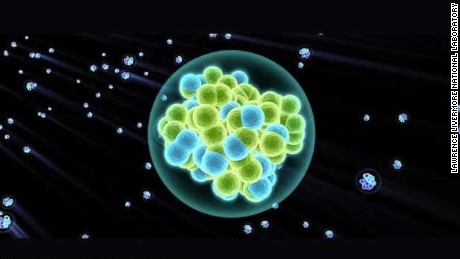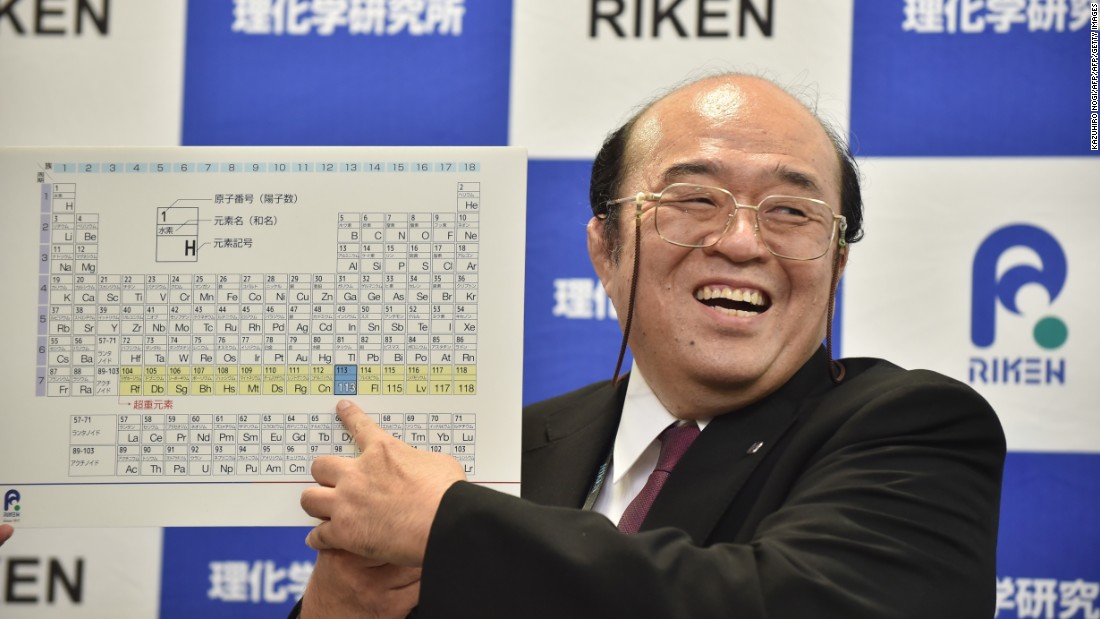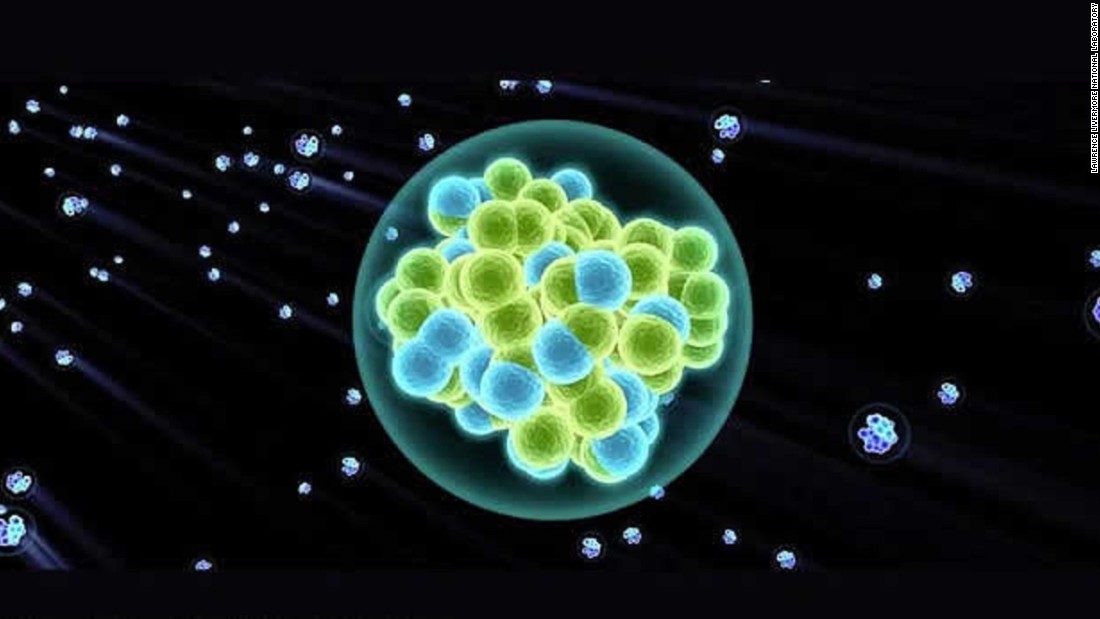New elements on the periodic table are named


(CNN)Meet nihonium (Nh), moscovium (Mc), tennessine (Ts) and oganesson (Og), the newest elements on the periodic table to receive names. But don’t get too attached to the nomenclature for these elements, formerly known by their respective atomic numbers 113, 115, 117 and 118. The names are on a five-month probation before things are made official.
The elements were recognized by the International Union of Pure and Applied Chemistry, or IUPAC, the U.S.-based world authority on chemistry, on December 30, 2015. Their addition completed the seventh row of the periodic table.
The researchers said their search for element 113 began by “bombarding a thin layer of bismuth with zinc ions traveling at about 10% the speed of light.” By doing so, they would theoretically fuse, forming an atom of element 113.
A Russian-American team at the Joint Institute for Nuclear Research in Dubna, Russia, and at Oak Ridge National Laboratory in Tennessee and Lawrence Livermore National Laboratory in California discovered elements 115, 117 and 118.
Both moscovium and tennessine honor where they were discovered: Moscow and Tennessee, respectively. Researchers used the Dubna Gas-Filled Recoil Separator at the Joint Institute for Nuclear Research along with the heavy ion accelerator capabilities at the Flerov Laboratory of Nuclear Reactions in Moscow. For tennessine, researchers at the Oak Ridge National Laboratory, Vanderbilt University and the University of Tennessee at Knoxville worked together on superheavy element research and synthesis using Oak Ridge’s High Flux Isotope Reactor and Radiochemical Engineering Development Center.
Oganesson, discovered by collaborating teams at the Russian Joint Institute for Nuclear Research and U.S.-based Lawrence Livermore National Laboratory, was named for professor Yuri Oganessian. The scientist, born in 1933, was a pioneer with achievements including the discovery of superheavy elements.
Jan Reedijk, president of IUPAC’s inorganic chemistry division, said it’s a pleasure to see people and places recognized in the four elements.
“Although these choices may perhaps be viewed by some as slightly self-indulgent, the names are completely in accordance with IUPAC rules,” a statement from Reedijk said. “In fact, I see it as thrilling to recognize that international collaborations were at the core of these discoveries and that these new names also make the discoveries somewhat tangible.”
Read more: http://www.cnn.com/2016/06/08/health/periodic-table-new-elements-names/index.html


